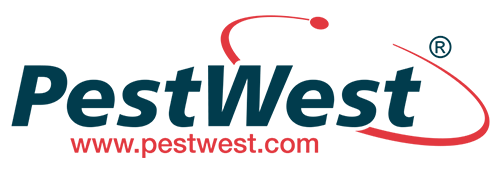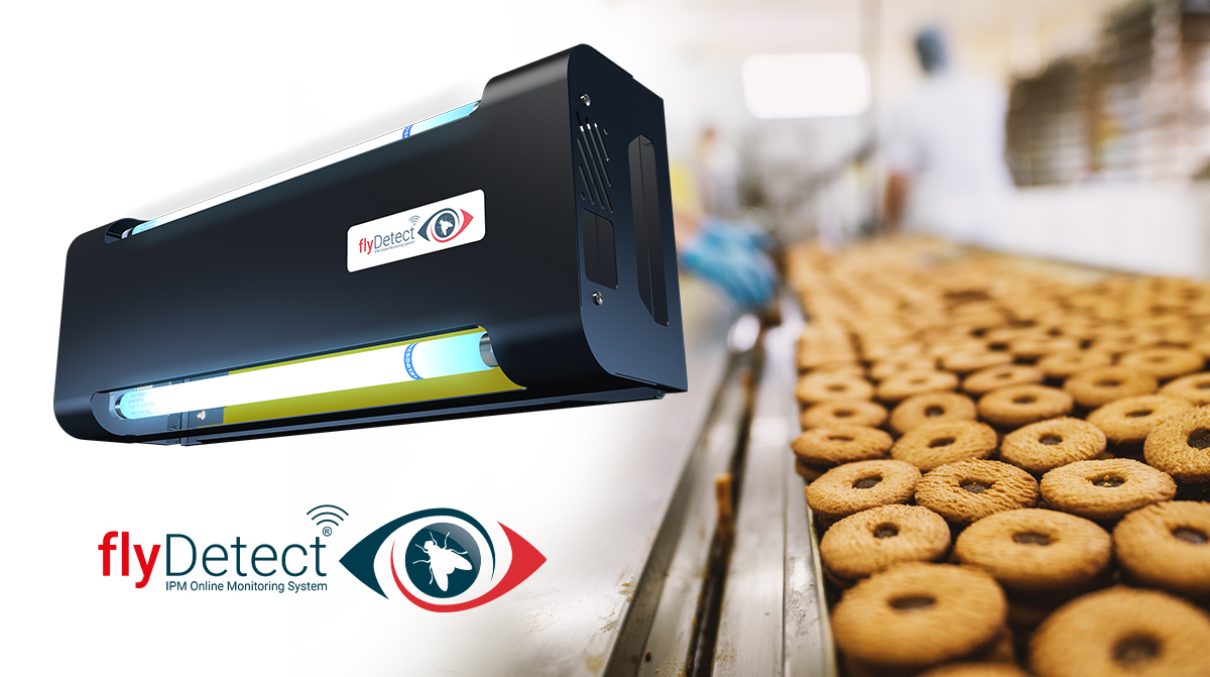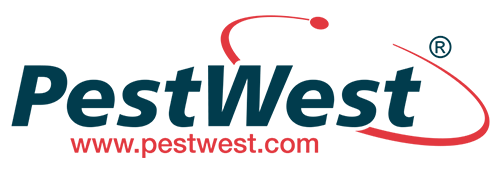We are celebrating the second World Food Safety Day (WFSD) which aims to draw attention and inspire action to help prevent, detect and manage foodborne risks, contributing to food security, human health, economic prosperity, agriculture, market access, tourism and sustainable development.
If a cockroach were to walk across your table in a restaurant, you would leave immediately, however, if a fly were to land on your plate, you would probably just wave it away and carry on eating. Yet, flies carry as much disease potential as cockroaches.
Flying insects have been found to carry a wide range of dangerous microorganisms all over their bodies, in their saliva and excreta, including E. coli, Salmonella, Klebsiella, Campylobacter and many others. A relatively small dose of any of these is enough to cause illness. At the very least, insect contamination reduces product quality, making it unsaleable.
By law, food that is sold must be wholesome and free from contamination. Companies are required to demonstrate ‘due diligence’ that they have taken every precaution against contamination from flying insect pests.
Flying insect pests are highly mobile and make no distinction between food prepared for our consumption and any other surface that they land on, walk over, defecate on or eat. Many insect species have particularly unsavoury habits and therefore represent a high contamination risk to our food.
It is always increasingly important to keep food production and any sensitive working environments safe and monitored for flying insects. As well as substantial financial costs, failing to take adequate measures to prevent and control flying insects can impact the reputation of the business and legal action could be taken.
How do fly infestations start in food production areas?
- Vinegar, yeast, wine and spirits attract fruit flies.
- Food left out or not properly stored in sealed containers can attract flies.
- Fractured sewer lines, cracked tiles and grout or openings to the outside that are not properly sealed around doors provide easy entry for flies.
- Lighting at entryways may be attracting more insects at night than you realise.
- Hygiene issues such as wet un-sanitized mops and places such as grease traps, floor drains, beverage taps & drains, salad stations, under buffet lines, and many more will attract flies.
- Poor waste disposal maintenance and smelly bins placed too close to the building.
A lockdown-proof solution
Due to government guidelines, it has become more difficult for pest control professionals to enter buildings such as food production areas in hospitals, and manage the normal aspects of the job, such as manually monitoring and checking fly traps on a regular basis.
flyDetect makes it possible to continually monitor sensitive areas for flying insects where zero tolerance of these dangerous creatures is required. The built-in high-resolution camera captures an image of the entire sticky board and is designed to send you immediate notifications of emerging infestation, so you can investigate and advise the client or treat the affected area.
Setting flying insect thresholds and monitoring temperature and humidity data, allows you to remain in control, while keeping both your clients and your technicians safe.













